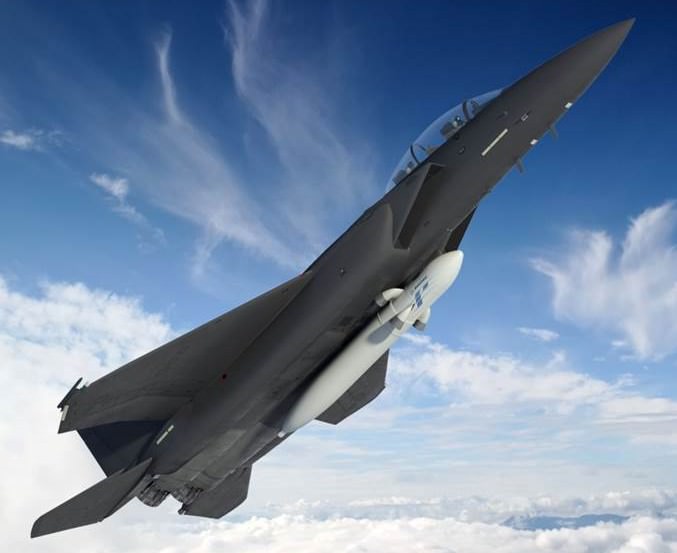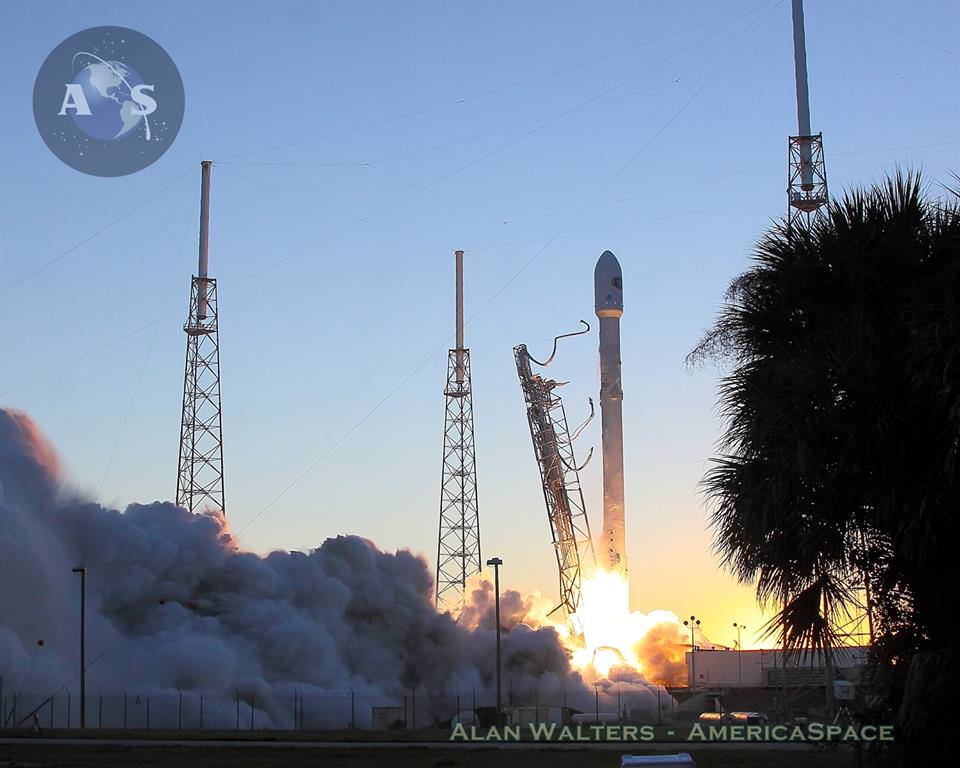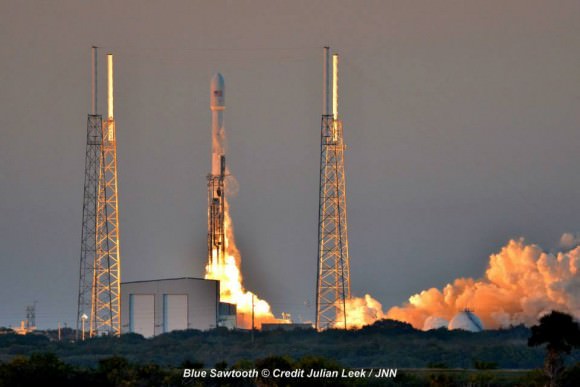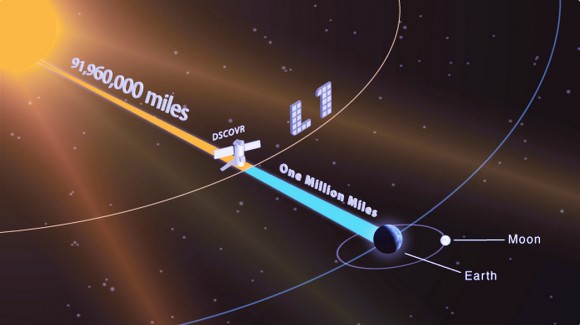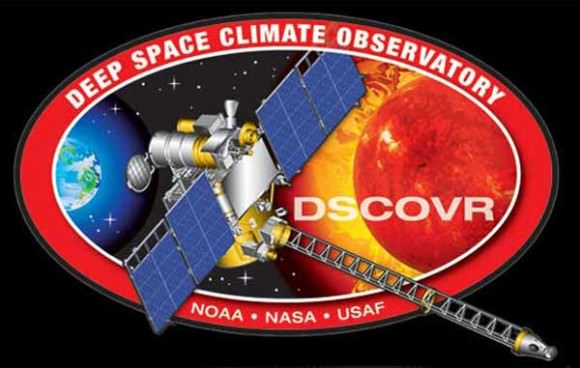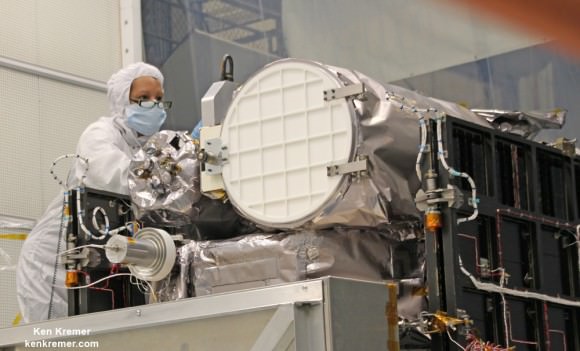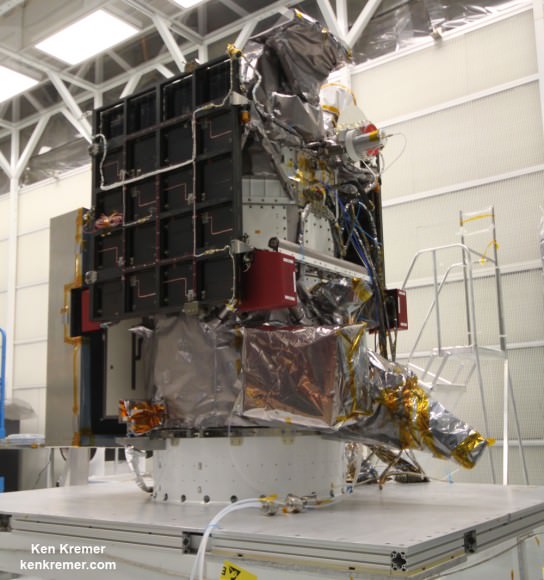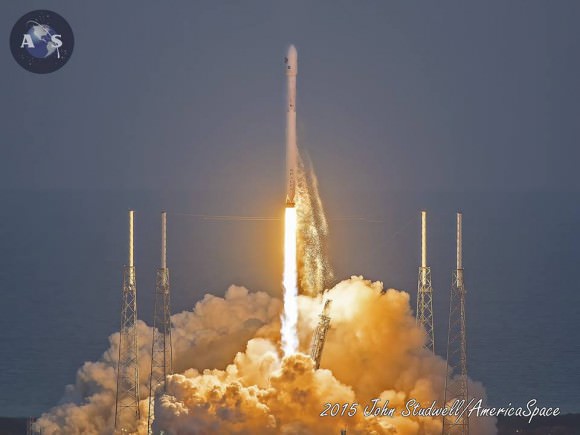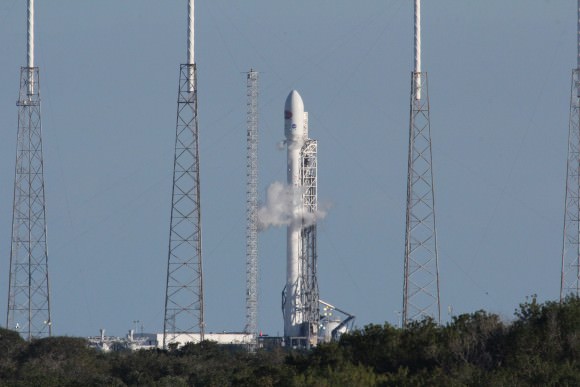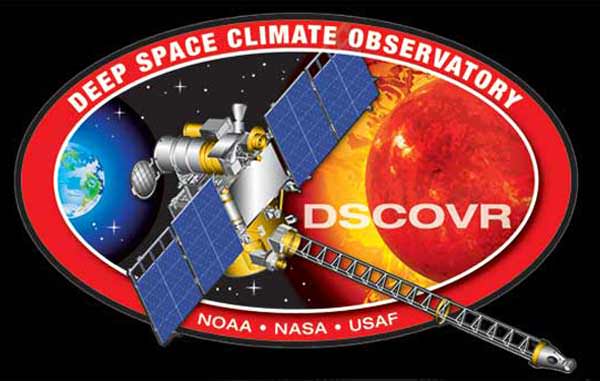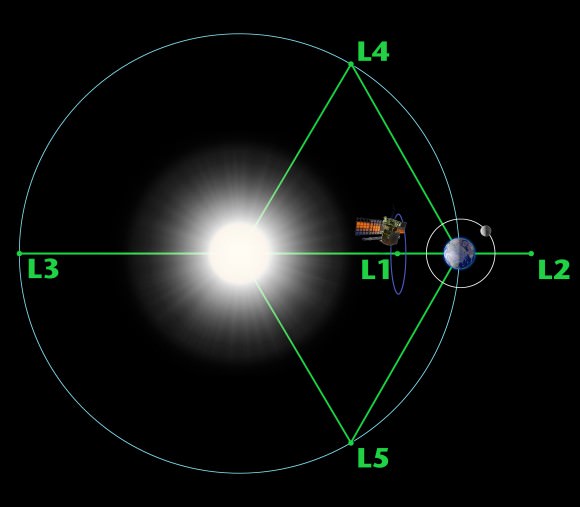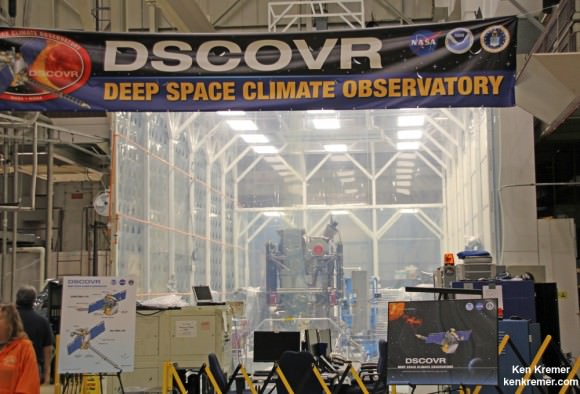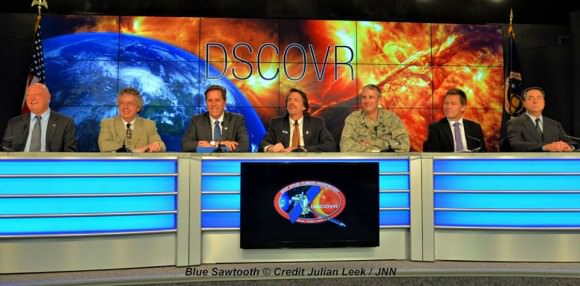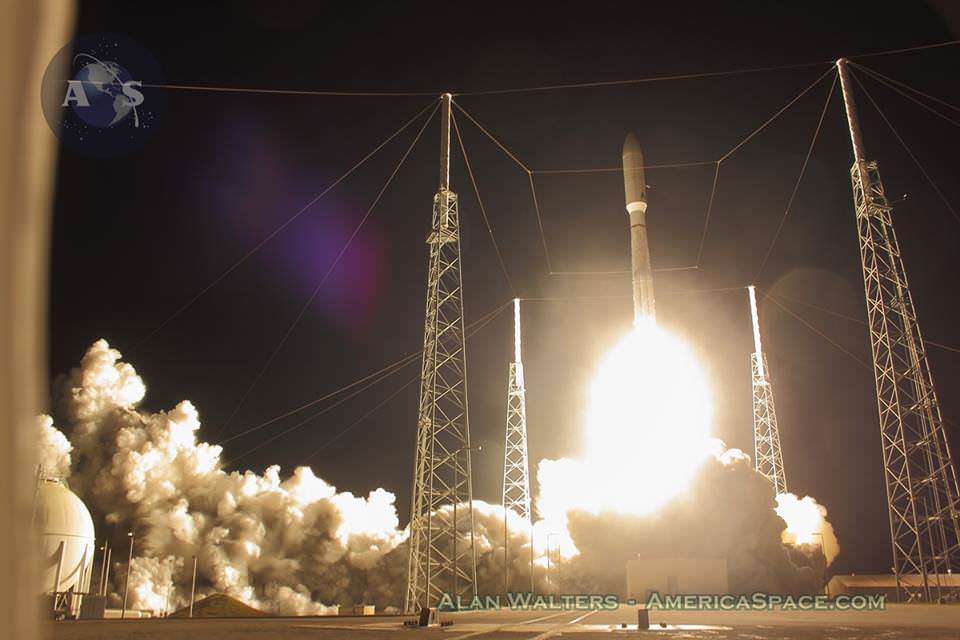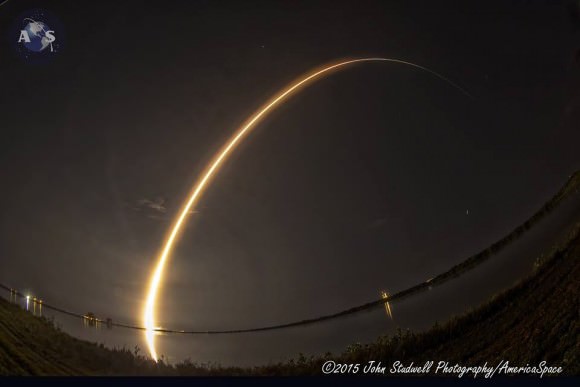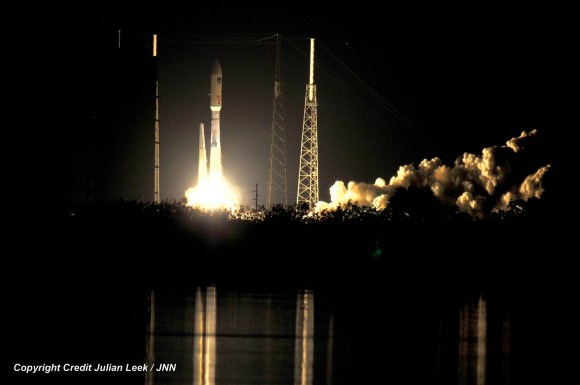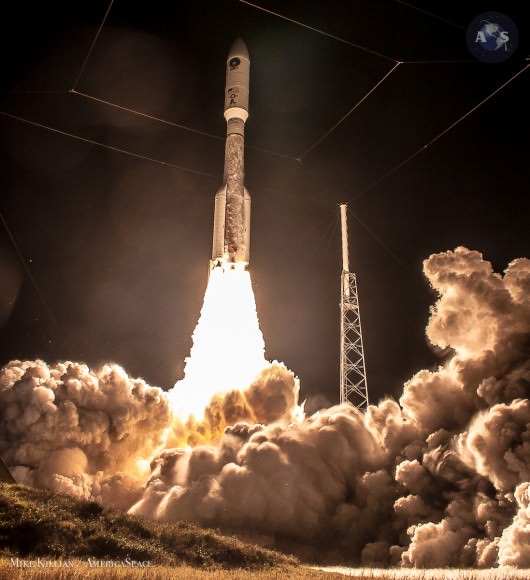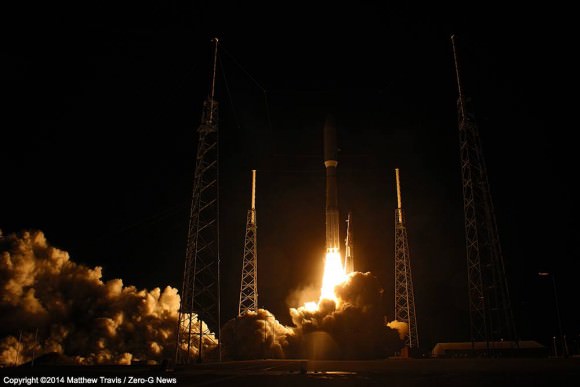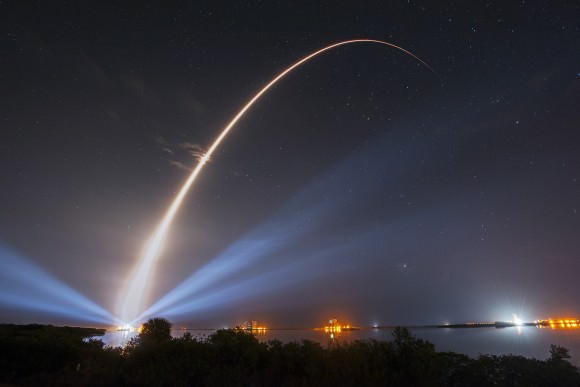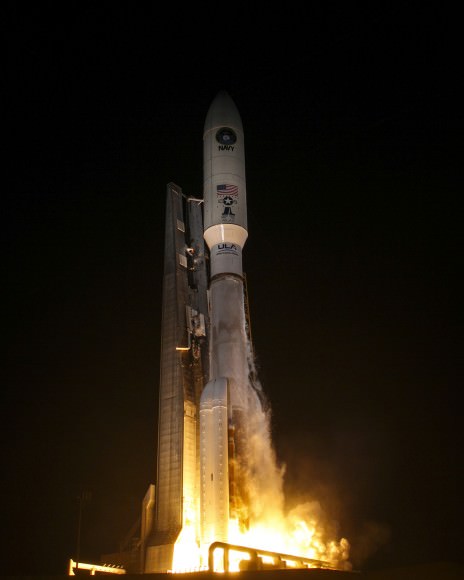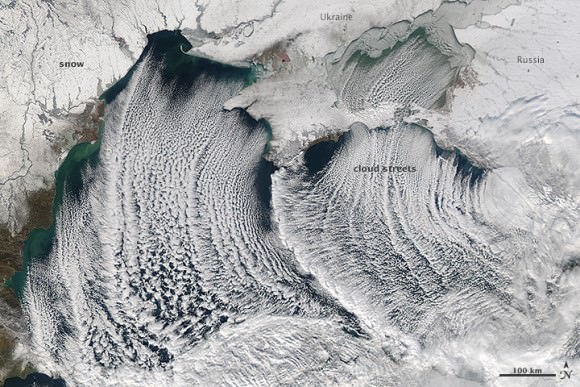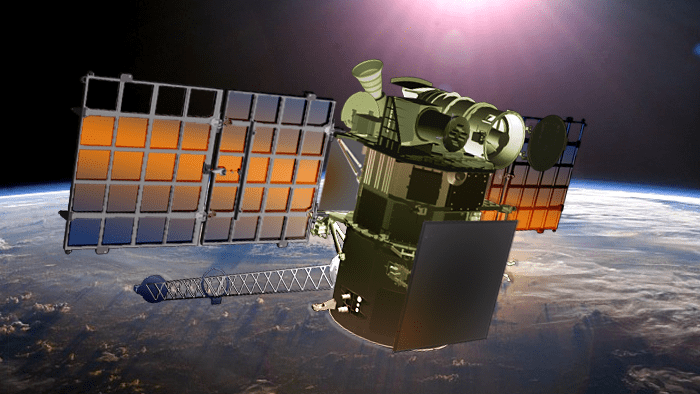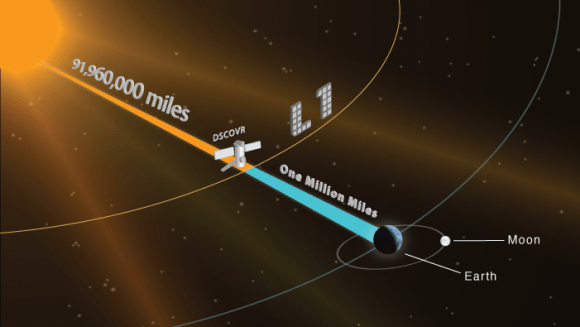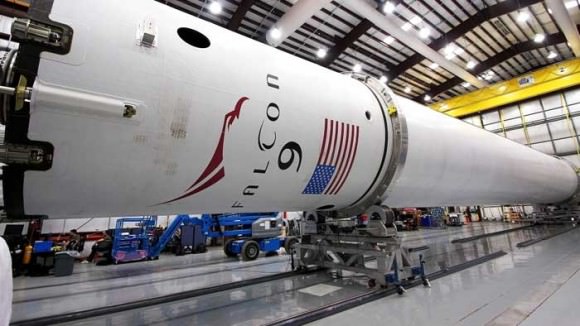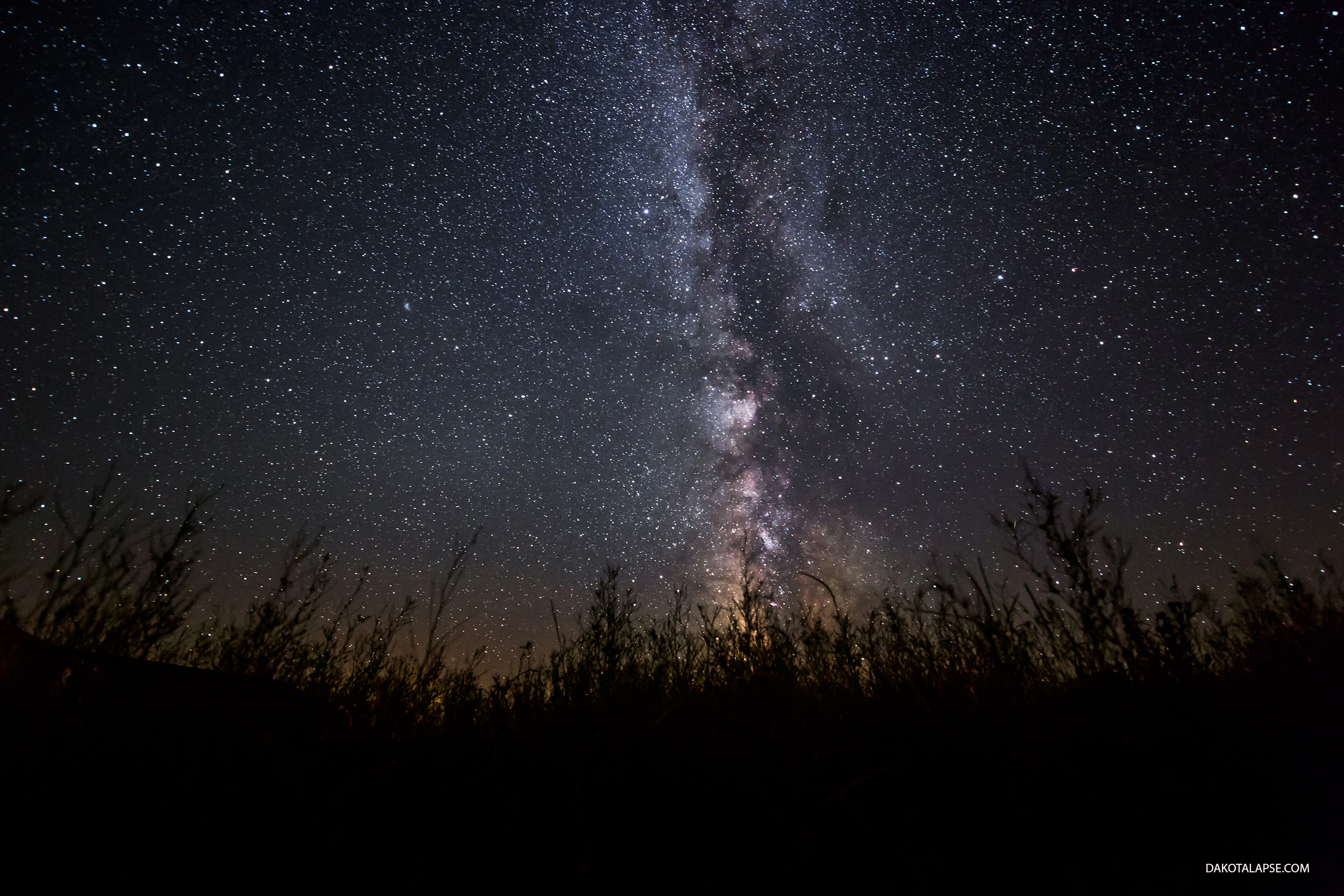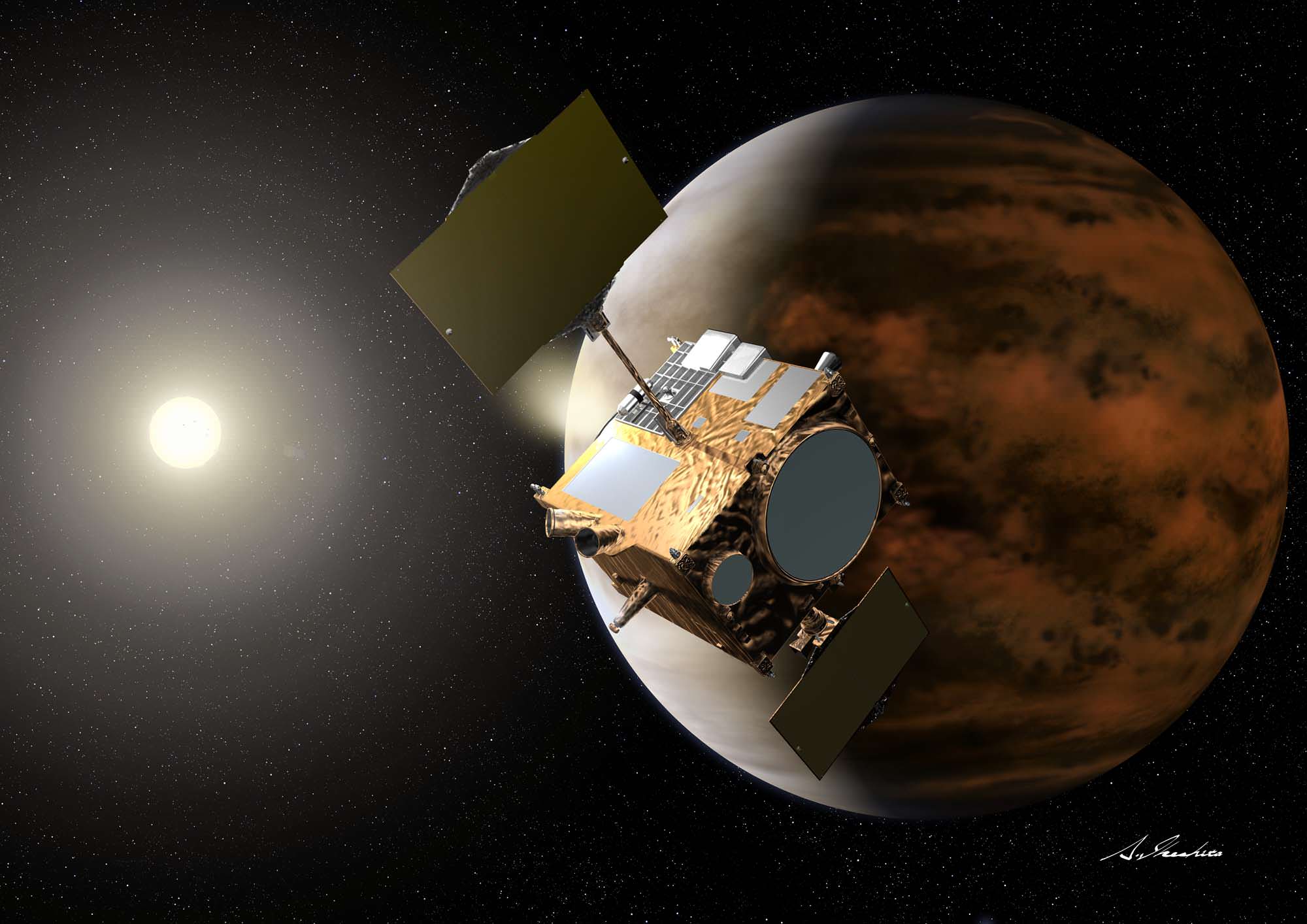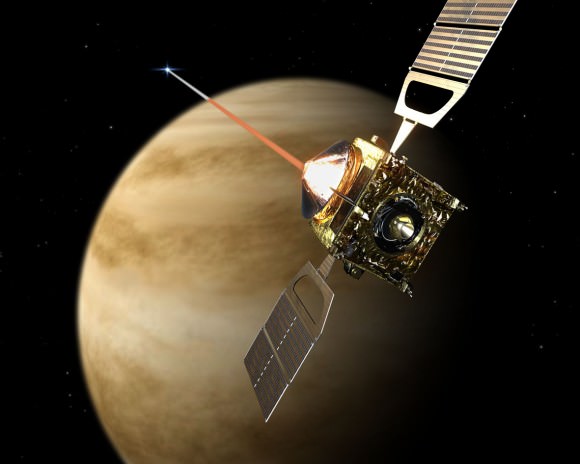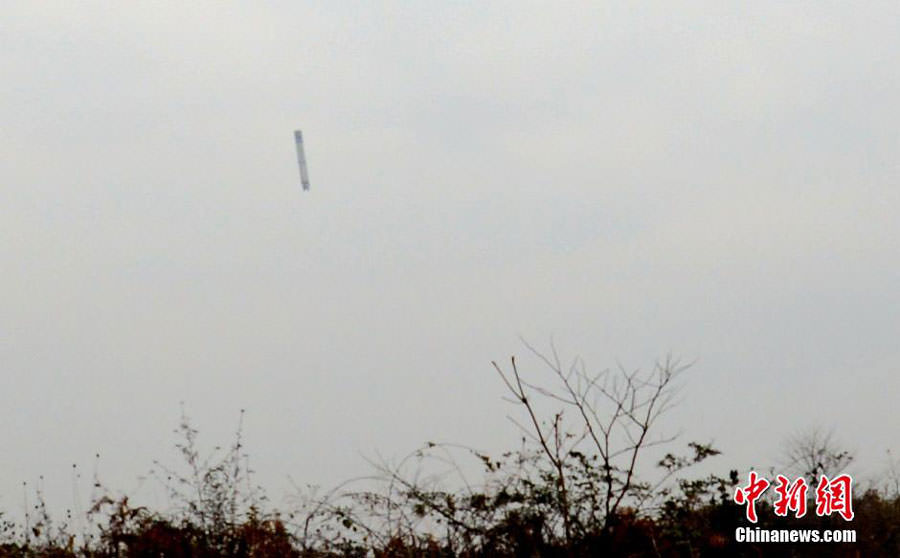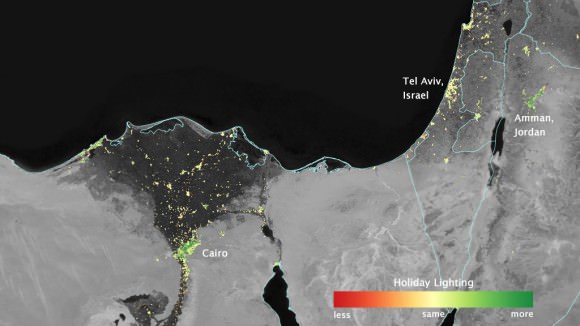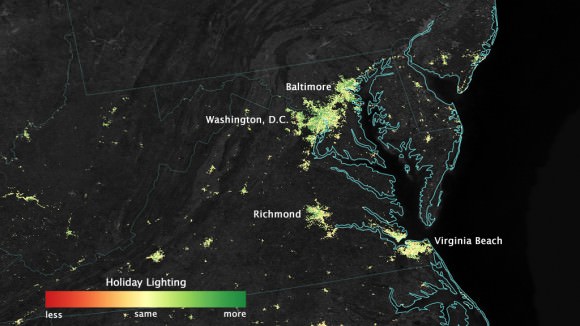For decades, the human race has been deploying satellites into orbit. And in all that time, the method has remained the same – a satellite is placed aboard a booster rocket which is then launched from a limited number of fixed ground facilities with limited slots available. This process not only requires a month or more of preparation, it requires years of planning and costs upwards of millions of dollars.
On top of all that, fixed launch sites are limited in terms of the timing and direction of orbits they can establish, and launches can be delayed by things as simple as bad weather. As such, DARPA has been working towards a new method of satellite deployment, one which eliminates rockets altogether. It’s known as the Airborne Launch Assist Space Access (ALASA), a concept which could turn any airstrip into a spaceport and significantly reduce the cost of deploying satellites.
What ALASA comes down to is a cheap, expendable dispatch launch vehicle that can be mounted onto the underside of an aircraft, flown to a high altitude, and then launched from the craft into low earth orbit. By using the aircraft as a first-stage, satellite deployment will not only become much cheaper, but much more flexible.
DARPA’s aim in creating ALASA was to ensure a three-fold decrease in launch costs, but also to create a system that could carry payloads of up to 45 kg (100 lbs) into orbit with as little as 24 hours’ notice. Currently, small satellite payloads cost roughly $66,000 a kilogram ($30,000 per pound) to launch, and payloads often must share a launcher. ALASA seeks to bring that down to a total of $1 million per launch, and to ensure that satellites can be deployed more precisely.
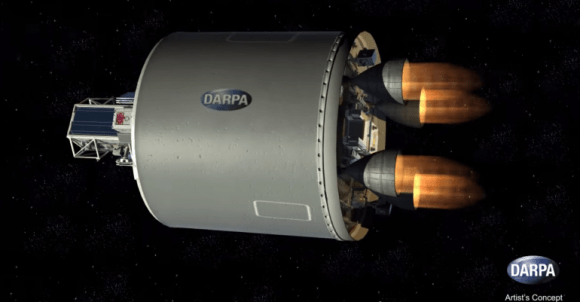
News of the agency’s progress towards this was made at the 18th Annual Commercial Space Transportation Conference (Feb 4th and 5th) in Washington, DC. Bradford Tousley, the director of DARPA’s Tactical Technology Office, reported on the progress of the agency’s program, claiming that they had successfully completed phase one, which resulted in three viable system designs.
Phase two – which began in March of 2014 when DARPA awarded Boeing the prime contract for development – will consist of DARPA incorporating commercial-grade avionics and advanced composites into the design. Once this is complete, it will involve launch tests that will gauge the launch vehicle’s ability to deploy satellites to desired locations.
“We’ve made good progress so far toward ALASA’s ambitious goal of propelling 100-pound satellites into low earth orbit (LEO) within 24 hours of call-up, all for less than $1 million per launch,” said Tousley in an official statement. “We’re moving ahead with rigorous testing of new technologies that we hope one day could enable revolutionary satellite launch systems that provide more affordable, routine and reliable access to space.”
These technologies include the use of a high-energy monopropellant, where fuel and oxidizer are combined into a single liquid. This technology, which is still largely experimental, will also cut the costs associated with satellite launches by both simplifying engine design and reducing the cost of engine manufacture and operation.
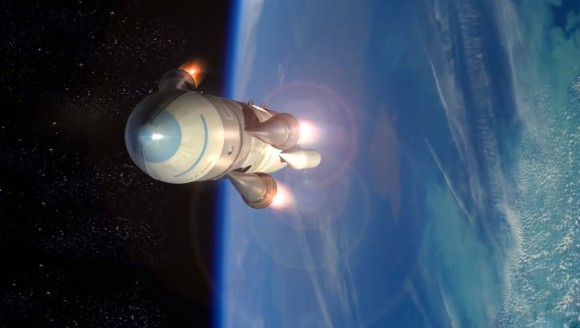
Also, the ability to launch satellites from runways instead of fixed launch sites presents all kinds of advantages. At present, the Department of Defense (DoD) and other government agencies require scheduling years in advance because the number of slots and locations are very limited. This slow, expensive process is causing a bottleneck when it comes to deploying essential space assets, and is also inhibiting the pace of scientific research and commercial interests in space.
“ALASA seeks to overcome the limitations of current launch systems by streamlining design and manufacturing and leveraging the flexibility and re-usability of an air-launched system,” said Mitchell Burnside Clapp, DARPA program manager for ALASA. “We envision an alternative to ride-sharing for satellites that enables satellite owners to launch payloads from any location into orbits of their choosing, on schedules of their choosing, on a launch vehicle designed specifically for small payloads.”
The program began in earnest in 2011, with the agency conducting initial trade studies and market/business case analysis. In November of that same year, development began with both system designs and the development of the engine and propellant technologies. Phase 2 is planned to last late into 2015, with the agency conducting tests of both the vehicle and the monopropellant.
Pending a successful run, the program plan includes 12 orbital launches to test the integrated ALASA prototype system – which is slated to take place in the first half of 2016. Depending on test results, the program would conduct up to 11 further demonstration launches through the summer of 2016. If all goes as planned, ALASA would provide convenient, cost-effective launch capabilities for the growing government and commercial markets for small satellites, which are currently the fastest-growing segment of the space launch industry.
And be sure to check out this concept video of the ALASA, courtesy of DARPA:
Further Reading: DARPA TTO, DARPA News

